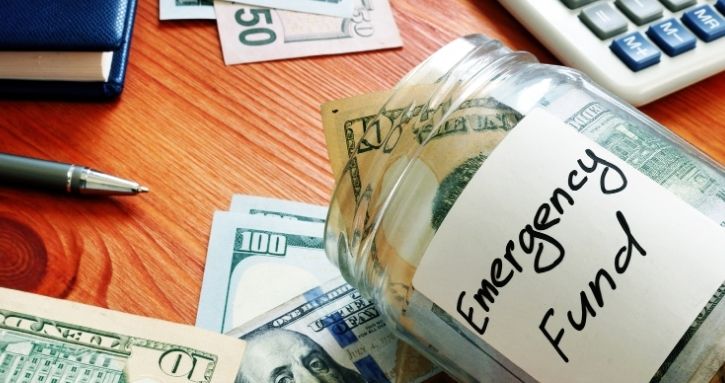How to Build an Emergency Fund Without Stressing Your Budget
If the past few years have taught us anything, it’s that life loves to throw curveballs—flat tires, unexpected doctor visits, job layoffs, you name it. And while we can’t always predict what’s coming, we can prepare for it. That’s where an emergency fund comes in.
But let’s be honest: saving money can feel impossible when you’re just trying to stay on top of bills. The good news? You don’t need to stash away thousands overnight. You just need a plan—and maybe a few helpful tools. In this guide, we’re going to talk about how to build an emergency fund even if your budget feels paper thin.
Start Small. Really Small.
One of the biggest mistakes people make when they hear “emergency fund” is assuming they need to save $5,000 or more right away. If that sounds overwhelming, good—because it is. Instead, aim for your first $500 or $1,000. This is enough to cover most surprise expenses, like a car repair or a last-minute flight.

Once you hit that goal, you’ll build confidence and momentum to keep going. Think of it like training for a marathon—you don’t run 26 miles on day one.
Automate What You Can
Automation is your best friend here. Set up a separate savings account just for your emergency fund and schedule small, recurring transfers—maybe $10 or $20 per week. The beauty of this method is that you won’t even miss the money, and over time, those small amounts add up.
If your bank lets you nickname your accounts, label this one something fun like “Rainy Day Rescue” or “Peace of Mind Fund.” It sounds silly, but little tricks like this help keep you emotionally connected to your savings goals.
Trim the Fat—But Gently
You don’t need to give up all your joys in life to save money. Take a look at your recent spending and ask yourself what you wouldn’t really miss. Maybe it’s a streaming service you barely use or that second coffee run during the week.
Cutting back just a little can free up funds for your emergency savings. The key is not to punish yourself—just be mindful. Need help finding extra cash? Our money saving apps list might help you find cashback or discounts you didn’t know you had access to.
Make Windfalls Work for You
Got a tax refund, birthday money, or even a little cash back from apps like Ibotta? Drop it straight into your emergency fund. These “bonus bucks” are perfect for boosting your savings without touching your regular income.
If you haven’t tried cashback tools yet, check out our cash back apps article to see how easy it is to earn money on purchases you’re already making.
Choose the Right Place to Keep It
This isn’t your everyday checking account. Your emergency fund needs to be somewhere safe but accessible—ideally, a high-yield savings account that earns a bit of interest and is separate from your main account (so you’re not tempted to dip into it).
Online banks or digital apps like Chime or Varo can offer higher savings rates and lower fees. If you’re shopping around, our top online banks list might help you narrow down your choices.
Gamify Your Progress
It’s way easier to stay motivated when you can see your progress. Set small milestones: $100, $250, $500. Celebrate each one. Track your savings with a visual chart, a budgeting app, or even a simple sticky note on your fridge.

Some budgeting tools turn saving into a game—like giving you badges or milestones. Want to learn more? Our budgeting 101 guide breaks it all down and helps you get started the right way.
Make It a Habit, Not a Hustle
The biggest thing to remember is that building an emergency fund isn’t a sprint. It’s something you build slowly and steadily. Don’t get discouraged if you need to pause contributions for a while—just keep coming back when you can.
It helps to think of your emergency fund as part of your overall financial wellness. It’s not about preparing for disaster—it’s about building peace of mind.
Use Tech to Your Advantage
There are some amazing tools out there that make saving feel easier. Budgeting apps, cashback extensions, and even finance-focused platforms like Albert or Current Bank can help you manage money smarter, not harder.
If you’re someone who likes trying out apps and comparing options, you might enjoy our guide to investing apps too.
Final Thoughts
An emergency fund is one of the best gifts you can give your future self. It doesn’t need to be big or perfect—it just needs to exist. Once you have that cushion, unexpected expenses feel less like a crisis and more like a bump in the road.
So start small. Use the tools at your disposal. And be proud of every dollar you put away. Because financial peace of mind? That’s worth every penny.
